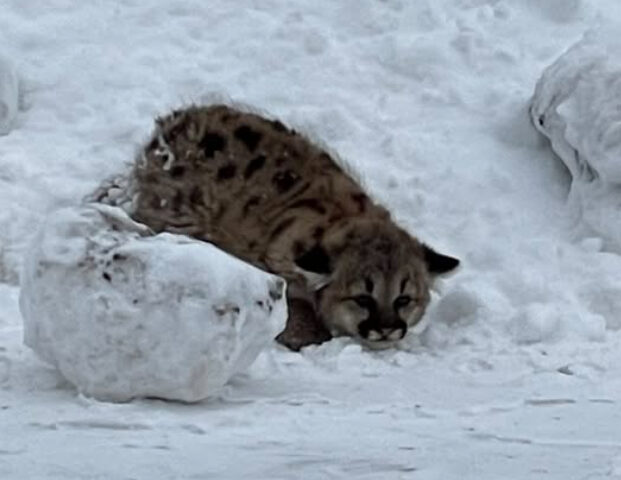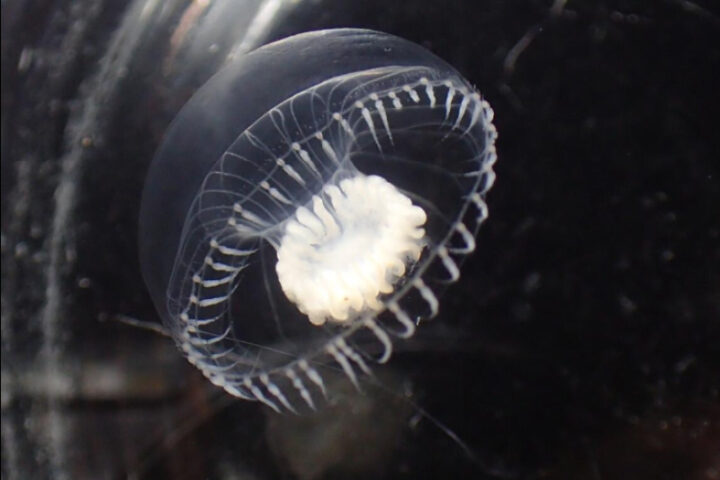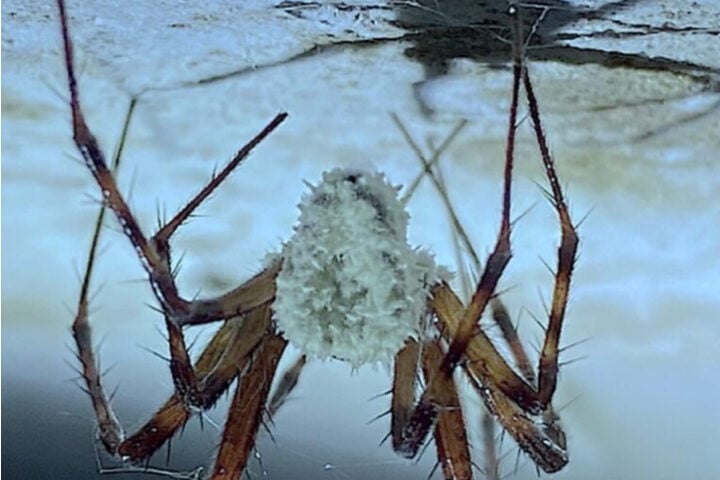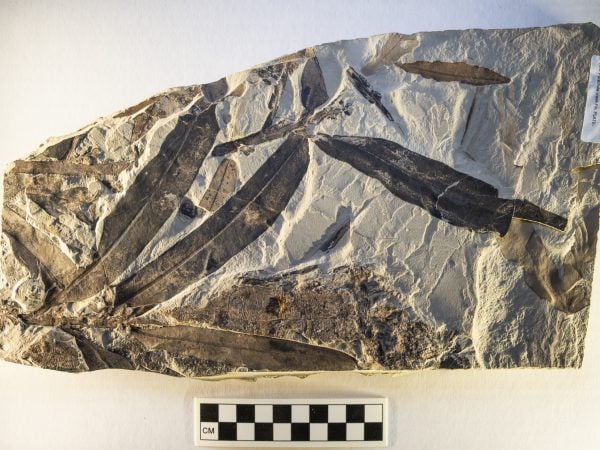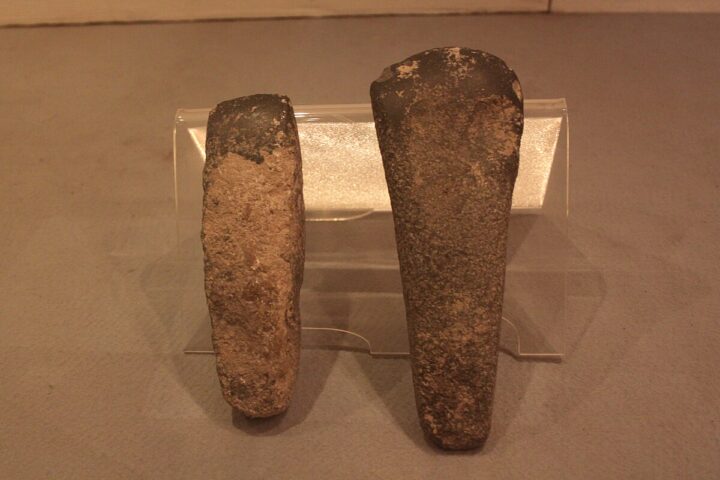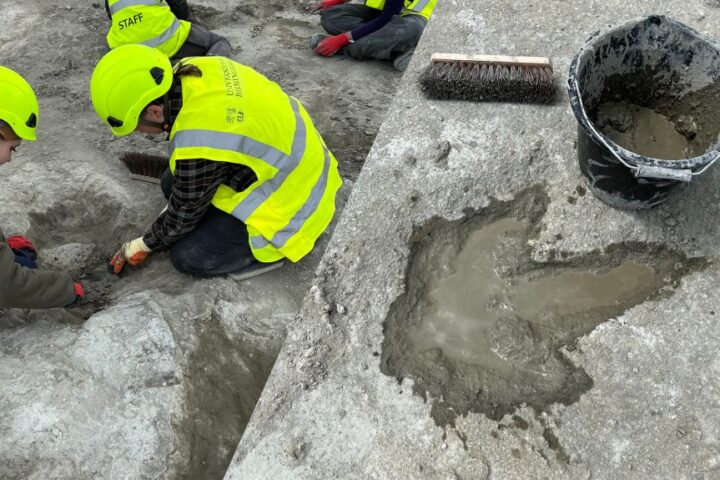A remarkable fossil discovery in Brazil has pushed back the known history of ants by 13 million years, revealing that these insects were already specialized hunters when dinosaurs ruled the Earth.
Scientists have identified a 113-million-year-old ant fossil preserved in limestone from northeastern Brazil. Named Vulcanidris cratensis, this ancient creature belongs to an extinct group dubbed “hell ants” because of their unusual, scary-looking jaws.
“I was just shocked to see that weird projection in front of this insect’s head,” said Anderson Lepeco, lead researcher from the Museum of Zoology of the University of São Paulo. “Other hell ants have been described with odd mandibles, but always as amber specimens.”
What makes this discovery groundbreaking is both its age and unique preservation. Until now, the oldest known ant fossils were about 100 million years old and preserved in amber (fossilized tree sap) from Myanmar, Canada, and France.
Strange Jaws for Hunting
Unlike modern ants whose jaws move side-to-side, hell ants had scythe-like mandibles that moved vertically like tusks, paired with a horn-like projection on their heads.
“It could have worked as a kind of forklift, moving upwards,” explained Lepeco, describing how the ant likely hunted. Scientists believe these unusual jaws were used to pin or impale prey against the horn on their head. One previously discovered hell ant fossil from Myanmar was even found with prey caught between its jaws.
Similar Posts:
This hunting method was completely different from today’s ants and isn’t seen in any modern insects. The half-inch long Vulcanidris also had wings for flying and a wasp-like stinger.
From Museum Drawer to Scientific Breakthrough
The fossil wasn’t found in a new excavation but was discovered in September 2024 while Lepeco was examining specimens already housed in the Museum of Zoology of the University of São Paulo.
This highlights the value of museum collections, which often contain treasures waiting to be properly identified. The specimen had been excavated decades ago from Brazil’s Crato Formation, a site famous for exceptionally well-preserved fossils.
Phil Barden, an associate professor at the New Jersey Institute of Technology who studies insect evolution, called the find “a pretty big deal” as it “extends the known fossil record for ants by about ten million years.”
New Technology Reveals Ancient Secrets
Researchers used micro-CT scanning—essentially 3D X-ray imaging—to examine the fossil without damaging it. This technology allowed them to see inside the limestone and create detailed reconstructions of the ant’s complex feeding structures.
The limestone preservation is significant because it offers different information than amber fossils. While amber can preserve external details beautifully, limestone can reveal internal structures that help scientists understand how these ancient creatures functioned.
Rewriting Ant Evolution
This discovery changes our understanding of when and how ants evolved. Finding such a specialized ant from 113 million years ago suggests that ants diversified much earlier and more rapidly than previously thought.
The fact that similar hell ants lived in places as far apart as Brazil and Myanmar indicates they were already widespread across ancient continents before they separated. This Brazilian specimen lived in a dry environment, while related species in Myanmar inhabited tropical forests.
“It’s remarkable how ants not only diversified into a lot of niches and shapes early in their history, but also that they had a large capacity for migrating through continents and spreading throughout the globe,” Lepeco noted.
Christine Sosiak, an entomologist at the Okinawa Institute of Science and Technology who wasn’t involved in the research, pointed out that hell ants disappeared from the fossil record around 78 million years ago, well before the asteroid impact that killed the dinosaurs.

Their specialized hunting method might have contributed to their extinction. “If they had very particular types of food and could only hunt those, that diminishes the ability to diversify and survive if that food is gone,” explained Marek Borowiec from Colorado State University.
Today, ants are one of Earth’s most successful animal groups, with over 17,000 species found on every continent except Antarctica. Their global population is estimated at a staggering 20 quadrillion—far outnumbering humans.
The discovery was published in the journal Current Biology on April 24, 2025.




